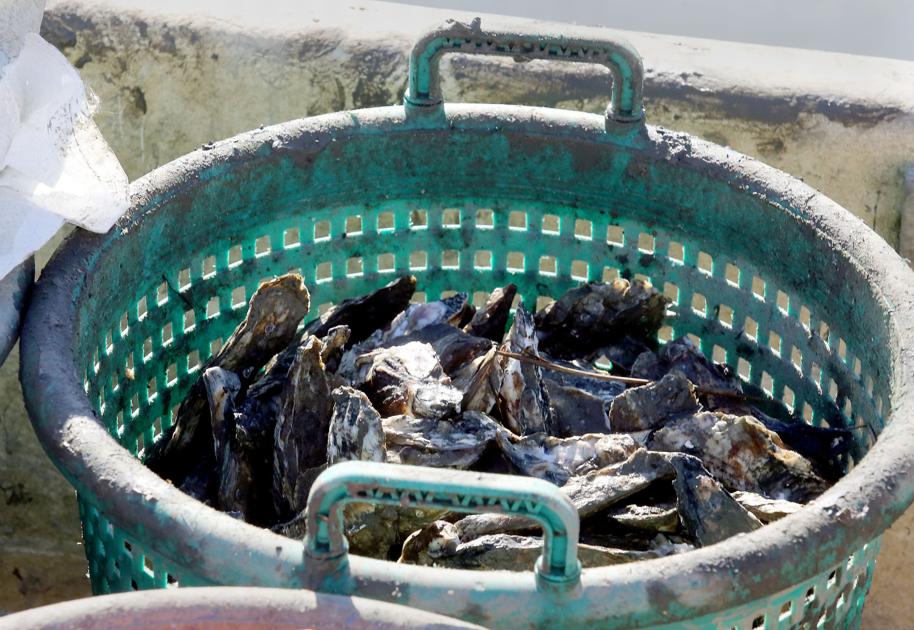Shellfish like mussels avoid ingesting most microplastics, research finds - Charleston Post Courier

A new study of mussels shows the bivalves can spit out most microplastic fibers they come in contact with, and if placed in plastic-free water they're eventually able to excrete most of the plastics they ingest.
The research, conducted by scientists at the Shaw Institute and the Bigelow Laboratory of Ocean Sciences, both of which are in Maine, spells possible good news for the numerous oysters along South Carolina's coast where an increasing backlash against marine plastic pollution has led to a spate of single-use plastic bans.
However, more research will be needed to determine how fast oysters might be able to expel the plastic fibers, said Paty Matrai, a senior scientist at the Bigelow Lab who worked on the study.
"We know that the oysters are capable of doing it. We don't know how fast they do it, and that's a very important difference," Matrai said. "Once you have a rate, you can model that."
The study found that mussels only ingest about 10 percent of the fibers they come in contact with, avoiding most of the plastics by spitting them out in mucus-covered "pseudofeces"— similar to a cat coughing up a hairball, or a human sneezing.
When the mussels were put in seawater without plastic pollutants for at least six hours, they passed slightly more than 60 percent of the remaining fibers, on average.
Putting shellfish into purified water is a practice used by some commercial growers in the Charleston area, said Barbara Beckingham, a professor at the College of Charleston.
It's also similar to the the natural environment that oysters live in already, as they're exposed to dirtier water during low tide and cleaner conditions in high tide, as ocean water pushes back stormwater runoff and other possible pollutants in area streams and creeks, Beckingham said.
Future research could help clarify exactly how much of the pollutants are inside South Carolina oysters. John Weinstein, chair of the Biology Department at the Citadel, is in the beginning phases of a new study that will try to measure the plastic load inside oysters at 10 sites, from Murrells Inlet south to Beaufort County.
His goal is to trace how many of those plastics end up inside people who eat shellfish, Weinstein said.
"That is the big question right now," he said. "Nobody really knows what the human exposure to microplastics (is)."
Although microbeads in cosmetic products and fragments of plastic bags are among the most infamous plastic pollutants, Matrai said that research has shown plastic fibers —which can come from clothes, carpets and all manner of other materials — are the most common types of microplastic in the marine environment.
While much of the scientific and environmental discussion has focused on plastics in the water, humans are probably breathing them in as well because they're present in the air, Matrai said.
"There’s very little data on airborne micro- and nanoplastics," she said.
http://bit.ly/2Uiksg7
Comments
Post a Comment